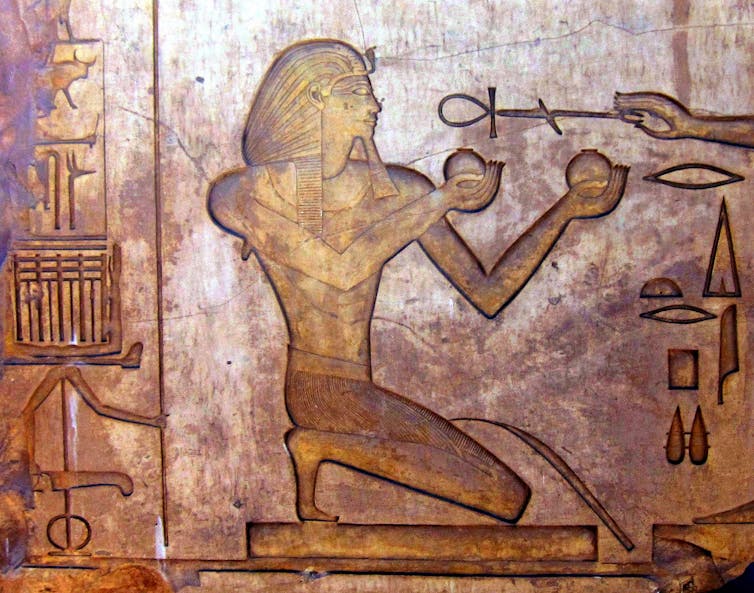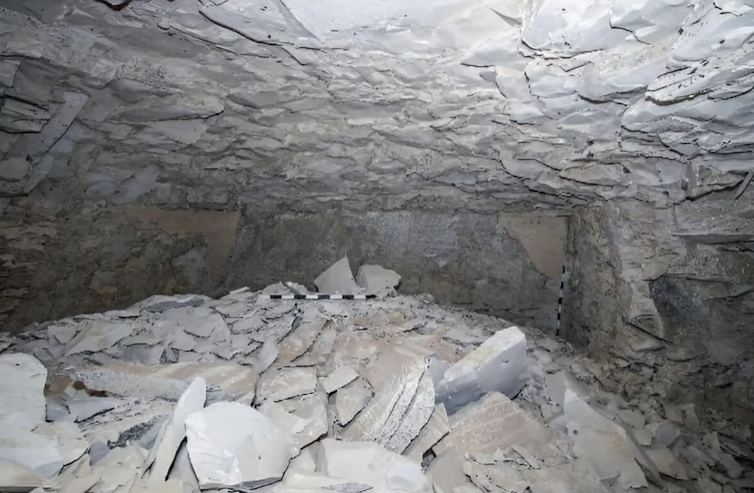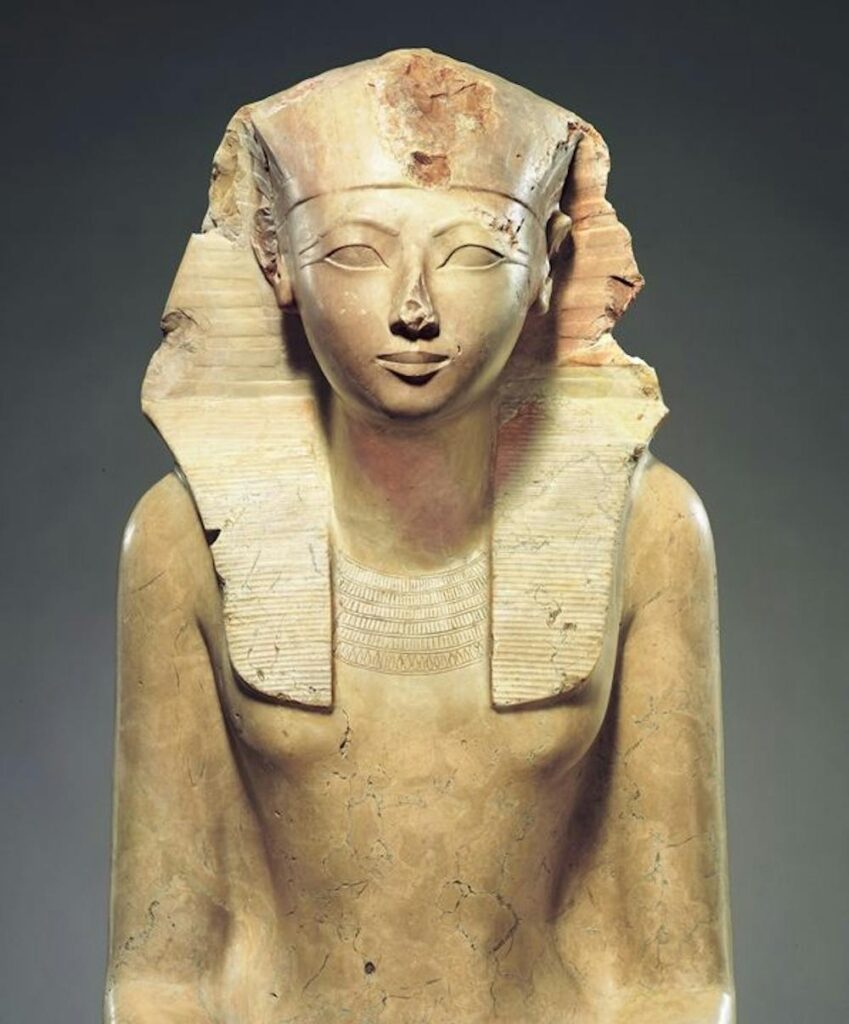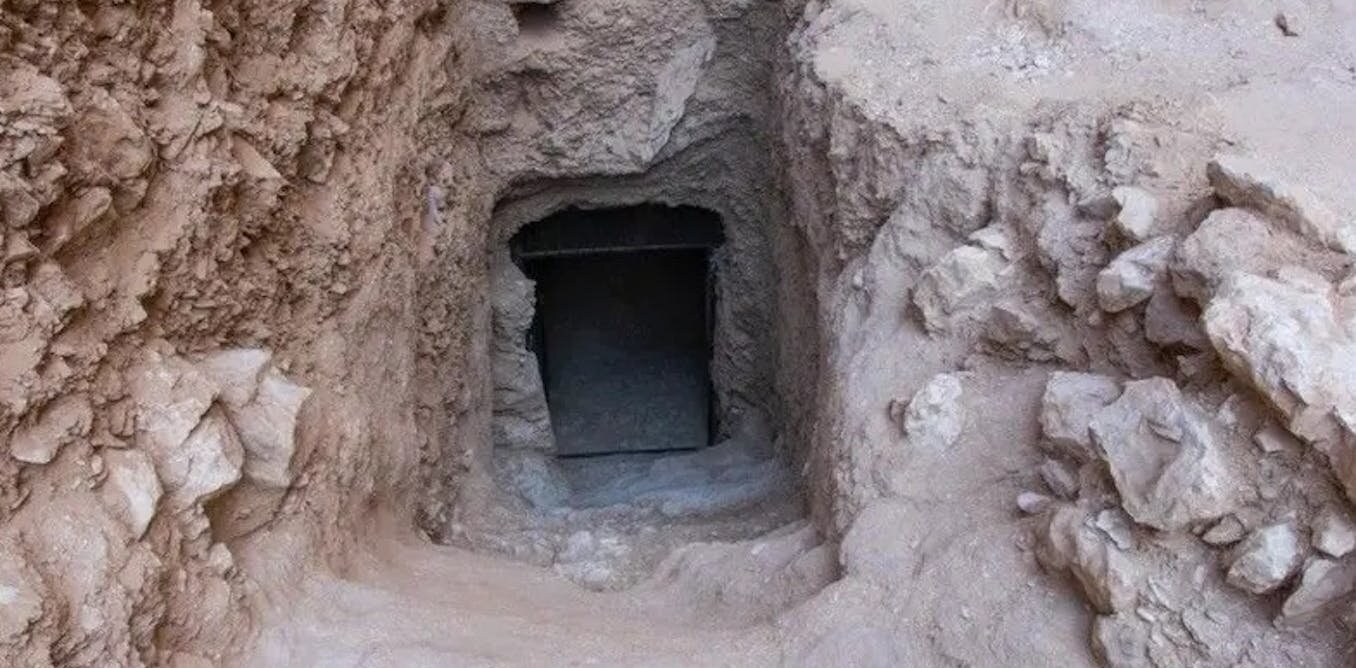Thutmose II, the fourth pharaoh of ancient Egypt’s 18th dynasty, is perhaps not as famous as his successors, but his role in Egyptian history is still significant, largely due to his connections to some of the most prominent rulers of ancient Egypt. Now, more than 3,000 years after his death, the discovery of his long-lost tomb has made headlines, as it represents a crucial piece in the puzzle of Egypt’s royal past. In 2022, the location of this tomb, one of the last missing royal tombs from the New Kingdom period, was confirmed by the New Kingdom Research Foundation, a British-Egyptian archaeological team. Led by Piers Litherland, this discovery marks the first royal tomb found in Luxor in over a century.
Thutmose II: A King with a Short Reign but a Lasting Legacy
Thutmose II ascended to the throne around 1493 BCE, taking control of Egypt after the reign of his father, Thutmose I. Though his reign was relatively short and uneventful compared to his successors, his legacy endures due to his family connections and the impact of his bloodline on Egypt’s political landscape.
Thutmose II was the son of Thutmose I and a lesser wife, meaning that his royal status wasn’t assured at birth. However, his marriage to his half-sister, Hatshepsut, who was the daughter of Thutmose I and his principal wife, Ahmose, solidified his claim to the throne. Thutmose II and Hatshepsut had one daughter together, but the most significant outcome of their union was the birth of Thutmose III, who would become one of Egypt’s greatest pharaohs and military leaders. Thutmose III is often regarded as the “Napoleon of Egypt” due to his unparalleled military conquests, and his reign is considered one of the most prosperous in Egyptian history.
Though Thutmose II’s rule was overshadowed by the achievements of his son and wife, it is his legacy through these figures that ensured his place in history. Additionally, Thutmose II’s early death — possibly due to illness or an accident — left Egypt in the hands of Hatshepsut, who would go on to rule as one of Egypt’s most remarkable female pharaohs.
The Royal Tombs of the New Kingdom: A History of Secrecy and Relocation
The discovery of Thutmose II’s tomb is significant not only because of the pharaoh’s own historical importance but also because it sheds light on the fascinating history of royal tombs in ancient Egypt, particularly during the New Kingdom period (c. 1550–1070 BCE). The tombs of Egypt’s pharaohs, queens, and other high-ranking officials were traditionally constructed in the Valley of the Kings, a remote and secluded area on the west bank of the Nile near Luxor. These tombs were meticulously built to honor the deceased and provide them with everything they would need in the afterlife. However, over time, the tombs became vulnerable to tomb robbers and natural disasters, particularly flooding from the Nile.
Around 500 years after Thutmose II’s death, during the reign of the 21st dynasty (c. 1070–945 BCE), officials realized that the royal tombs were being raided and damaged by floods. In response, they took the drastic measure of relocating the mummified remains of these kings, queens, and other significant individuals to a secret burial site known as the “royal cache.” This hidden resting place was located in the Theban cliffs near Hatshepsut’s temple at Deir el-Bahri, just across the Nile from the Valley of the Kings.
The royal cache was cleverly concealed by sand, rocks, and other natural features, making it nearly impossible to locate by tomb robbers. When Egyptologists first discovered the site in 1881, they were astonished to find the mummies of several notable pharaohs, including Ramesses II, Seti I, and Thutmose III, among others. These royal remains were later moved to the National Museum of Egyptian Civilization in Cairo, in a grand parade broadcast worldwide in 2021.

Despite the discovery of the royal cache, the search for Thutmose II’s original tomb continued. Unlike the other pharaohs whose remains were found in the cache, the location of Thutmose II’s tomb had remained elusive for over a century. That is, until 2022.
The Discovery of Thutmose II’s Tomb: C4 in Deir el-Bahri
In 2022, the British-Egyptian archaeological team led by Piers Litherland confirmed the location of Thutmose II’s original tomb. Situated in Deir el-Bahri, this newly discovered tomb, designated C4, is located near the mortuary temple of Hatshepsut, his principal wife and co-ruler. The tomb is approximately 1.2 miles from the Valley of the Kings, where the tombs of Thutmose I, Thutmose III, and Hatshepsut were constructed. Initially, archaeologists had suspected that the tomb may belong to one of Thutmose II’s lesser wives, given the proximity to the mortuary temple of Hatshepsut and the fact that royal women were often buried nearby. However, further excavation revealed that it belonged to Thutmose II himself.
The tomb had been largely blocked by flood debris, and the excavation team faced significant challenges in accessing the site. The entrance had been sealed by a collapsed ceiling and walls filled with flood debris, as well as limestone fragments. Excavators had to clear a deep entrance staircase and painstakingly remove debris before they could reach the inner chambers.
What Was Found Inside?
As the team cleared the debris and explored the tomb further, they uncovered key evidence that confirmed the tomb’s royal identity. One of the first clues was the resemblance of the tomb’s entrance to that of Hatshepsut’s tomb in the Valley of the Kings (KV20). The entrance featured a wide staircase, a doorway, and a descending corridor, all hallmarks of a royal burial site.

Inside the tomb, the team uncovered beautiful wall decorations, including images of a starred sky, which is a common motif in royal tombs, symbolizing the heavens. They also discovered extracts from a funerary text known as the Amduat, a text describing the journey of the deceased through the underworld. These discoveries strongly suggested that the tomb was indeed that of a king.
Furthermore, excavators found fragments of alabaster vessels bearing the names of both Thutmose II and Hatshepsut. This was a crucial piece of evidence, as it eliminated the possibility that the tomb belonged to any other royal figure, such as one of Thutmose II’s lesser wives.

However, the tomb was found to be devoid of most funerary goods, such as a sarcophagus, which is typical of a royal burial. This suggests that the items originally placed in the tomb had been removed, likely as a result of flooding or theft. The search for these missing funerary goods is still ongoing, and it remains to be seen if they will ever be found.
The Significance of the Discovery
The discovery of Thutmose II’s tomb is a landmark event in the field of Egyptology. It is the first royal tomb to be discovered in Luxor since the discovery of Tutankhamun’s tomb by Howard Carter in 1922. While other royal tombs have been uncovered in other parts of Egypt, the discovery of Thutmose II’s tomb is significant because it completes the list of missing royal tombs from the 18th dynasty, the dynasty that produced some of Egypt’s most famous pharaohs, including Hatshepsut, Thutmose III, and Tutankhamun.
The tomb’s discovery also sheds light on the royal burial practices of the New Kingdom period and provides valuable insights into the architectural and decorative styles used by the pharaohs. The tomb’s location, near the mortuary temple of Hatshepsut, highlights the close relationship between Thutmose II and his famous wife, who would later become pharaoh in her own right.
The Search Continues
While the discovery of Thutmose II’s tomb is a major milestone, the search for other royal tombs continues. Egyptologists are still searching for the final resting places of several other significant figures, including Queen Nefertiti, Pharaoh Ramesses XIII, and even Cleopatra VII. Some tombs, such as those of Ankhesenamun, the wife of Tutankhamun, and the architect Imhotep, may also still lie undiscovered.
The New Kingdom Research Foundation, led by Piers Litherland, is committed to continuing the search for these tombs, particularly focusing on the period between Thutmose II’s burial and the royal cache in the Theban cliffs. It is likely that the discovery of more tombs in the coming years will continue to offer new insights into the lives of Egypt’s ancient rulers and their afterlives.
Conclusion
The discovery of Thutmose II’s tomb is an extraordinary event in the world of archaeology. It offers a rare glimpse into the world of ancient Egypt and the royal families that shaped its history. As Egyptologists continue to search for the tombs of other great figures, such as Nefertiti and Cleopatra, the legacy of Thutmose II lives on, not only through his tomb but also through the remarkable family he left behind — Hatshepsut, the first female pharaoh, and Thutmose III, one of the greatest military leaders in Egyptian history. The tomb of Thutmose II is not only a testament to his legacy but also a symbol of the ongoing quest to uncover the secrets of ancient Egypt.
